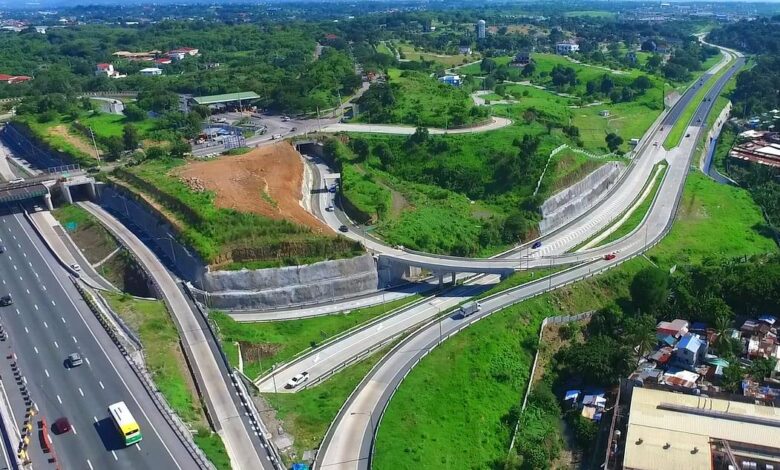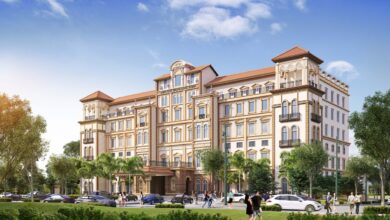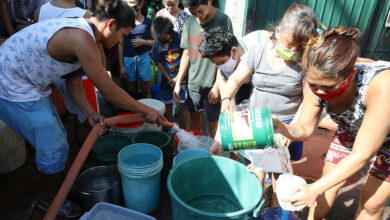
PH Economic Diversity: Unveiling Prosperity Beyond Manila
The Philippines, a nation known for its stunning beaches and vibrant culture, often finds its economic spotlight centered on the bustling capital region. However, there’s much more to this archipelago’s economic story than meets the eye. Beyond Metro Manila’s towering skyscrapers lies a tapestry of economic diversity shaping the nation’s future.
The Economic Lure of the Capital
Metro Manila’s prominence is well-warranted. The city boasts a strategic location, well-established infrastructure, a highly educated workforce, and improving connectivity. It has been the primary recipient of foreign investments, leading to significant economic growth. However, this concentration of wealth in the capital has long masked the economic potential of other regions.
Unveiling Economic Hubs
Beyond the metro’s glow, economic hubs are emerging throughout the Philippines. Metropolitan areas like Cebu, Davao, and Iloilo are not just beautiful tourist destinations anymore; they have become thriving economic centers of their own right. These cities now offer enticing opportunities for businesses and investors alike.
Cebu, for instance, has become a burgeoning tech hub, home to numerous outsourcing companies and start-ups. Davao is known for its agriculture and agribusiness, while Iloilo is rapidly becoming a real estate and business process outsourcing (BPO) hotspot.
Economic Diversity in Resources
The Philippines is not just diverse in its economic centers but also in its resources. From the rich agricultural lands in Mindanao to the flourishing tourism industry in Palawan, the nation is a treasure trove of economic potential. Even the waves of La Union in the North continue to attract local tourists, with Boracay’s famed white sand still raking in the foreign visitors.
Building Better, Elsewhere
Both the government and the private sector are actively investing outside Metro Manila. Projects like the Mindanao Railway and the Visayas-Mindanao Connector are connecting regions, making transportation and trade more accessible. These not only improve local economies but also boost the country’s overall economic resilience.
Closer to home, just outside the capital region, exciting developments such as the Bulacan Airport Complex, New Clark City (which hosted the 2019 SEA Games), and Villar City continue to blossom. Doubters say we’re slowing down, but it seems they’re just not looking.
While Metro Manila will undoubtedly continue to be the economic core of the Philippines, the nation’s economic diversity is flourishing beyond the borders of its capital. Cities and regions across the archipelago are carving out their niches, contributing to the country’s growth and prosperity. As investors and businesses begin to recognize the vast potential beyond the capital, the Philippines is poised for a future where economic opportunities abound in every corner of this beautiful nation.
Soon, economic diversity won’t just be a buzzword; it will be a promising reality. As we look ahead, it’s clear that the Philippines is more than just Metro Manila – it’s a tapestry of economic vibrancy waiting to be unveiled.




